It wasn’t long after the death of his mother, in 1977, that Antony Penrose came face to face with the woman he never knew. Not Lee Miller, the depressive alcoholic. Nor Lee Miller, the impossible mother. But Lee Miller, “the astonishingly brilliant, high-achieving, daring person who stood up for what she felt was right”. Which is how Penrose is describing the famous photographer to me now: sitting in his mother’s study, at Farley’s House in East Sussex, and pointing at his father’s – the artist Roland Penrose – portrait of his heavily pregnant wife, her blue-daubed face gazing downwards to the foetus Antony: a small lizard in an orb of ether.
“That’s me,” he says with a fond smile, adjusting the angle of his screen so I can better see their joint portrait: a splash of Surrealism that, no doubt, is as regular to the 78-year-old photographer and archivist as anything else that he has encountered in his life here. When it comes to Penrose’s mother, this house, and his childhood – a childhood in which he was kept largely in the dark about his mother’s extraordinary achievements – there is nothing, he assures me, that is out of bounds when it comes to our conversation this morning.
‘‘Lee rode her own temperament through life as if she were clinging to the back of a runaway dragon,” Penrose wrote in his 1985 biography of his mother’s many lives as a Surrealist artist, studio portraitist, war photographer and fashion model. “There was something compulsive in her, something that took over,” he adds as we discuss this primal urgency in Miller ahead of a new Tate retrospective of her work. It was a restlessness that helped shape her as one of the 20th century’s most daring photographers: propelling her from the glossy fashion pages of American Vogue in the 1920s to the Parisian dark room of Man Ray in the early 1930s, and with yet more unblinking determinedness, to the front lines of France and the death camps of Dachau and Buchenwald in the 1940s – by way of London’s Blitz.
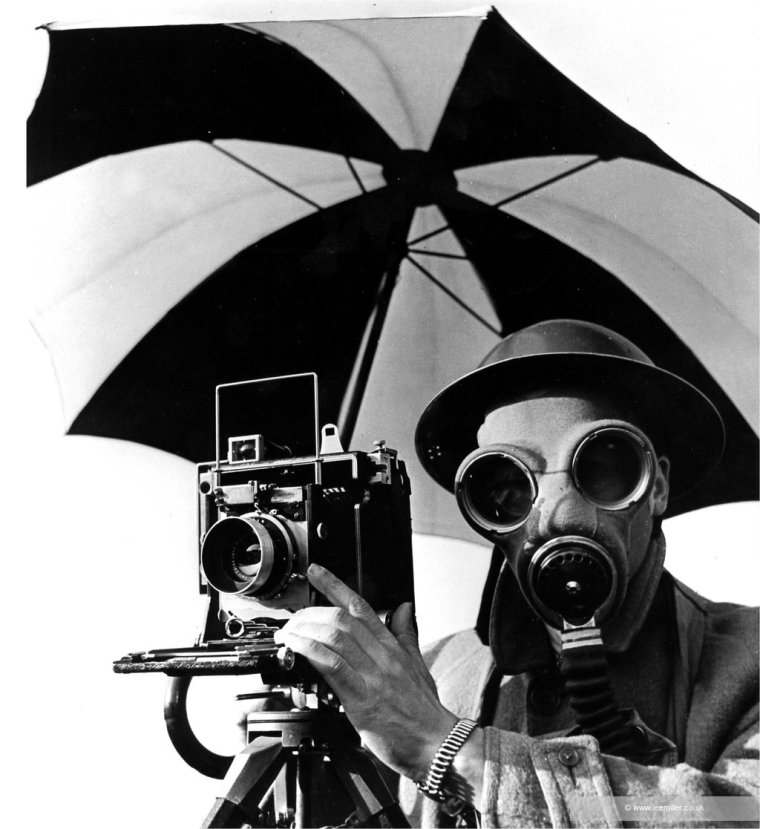
That much of this work had been hidden from Penrose until he and his wife Suzanna uncovered trunks full of warped photographs, mud-splattered maps, shredded manuscripts and looted Nazi souvenirs is what continues to intrigue fans like me – and Kate Winslet, whose 2023 performance of Miller in Lee was a passion project that was nine years in the making. Working alongside Winslet on the movie was particularly significant, he says, “because I began to understand what it was like from Lee’s perspective being a woman and a mother”.
Growing up, Penrose was aware of Miller’s past as a photographer, but knew very little about her war work – and nothing of her Holocaust photography. When pressed, she would claim that everything had been destroyed in the war. It wasn’t until she died that he learned of the astonishing scope of her oeuvre. An encounter that, according to Tate’s curator Hilary Floe, “turbocharged the process of wider recognition” thanks to his passionate research and meticulous cataloguing. Since Penrose’s self-proclaimed “life-changing moment” in his mother’s attic, he has – perhaps even more surprisingly than the discovery itself – engaged himself in a very public promotion of her work, as well as a very private reappraisal of a parent who “I had a very hostile and distant relationship with”.
Who was this person, he asked himself? Flitting between high art and muddy reportage, she was, according to fellow photojournalist David Scherman, “the nearest thing I knew to a mid-20th century Renaissance woman”. And yet for Penrose: “I had just known a useless drunk who flopped around the place and was bloody difficult to be around. She was not a maternal figure in any way. She was very protective of me but she was not the kind of mummy who tucked me up at night and read me a story.”
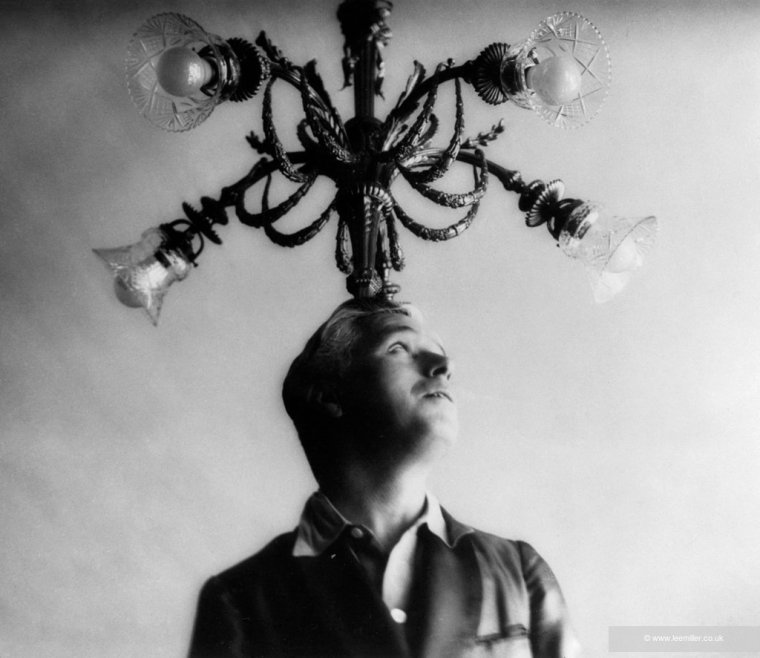
Only now is Penrose far more conscious of how she “had to fight so much harder than any man doing the same thing”. Miller was a multifaceted woman, making multifaceted art, and yet “her disparagement of her achievements was so intense that everyone was convinced she had done little”, Penrose wrote in the 1980s. “I had no idea about her times under fire,” Penrose admits. And that included the now-iconic bathtub photograph that Scherman took of Miller washing the Dachau dirt from her naked body in Hitler’s abandoned apartment just hours after the camp’s liberation, where Miller had also taken photographs of emaciated dead bodies that would later run in Vogue magazine with the headline “Believe it”. Yet Penrose recalls: “In the 1970s, some photo historians tried to get her to talk about her experiences as a photographer. And I remember how skilfully she deflected them.” Deflections like: “Oh, I didn’t do anything worth you studying, so let me tell you about Man Ray.”
Even now, he is still uncovering just how pioneering she was, the 40,000 negatives he’s been left with opening doors to her many worlds. From her playful portraiture (take her Janus-like profile of Max Ernst and Dorothea Tanning, for instance), to the everyday absurdity she captured on foot (her Untitled, Paris, for example, with its wing-shaped tar spilling onto the pavement), and the strange hauntings of war (her Dead SS Guard, Floating in Canal being one such example), what Miller showed us above all else is that surreality is all around us.
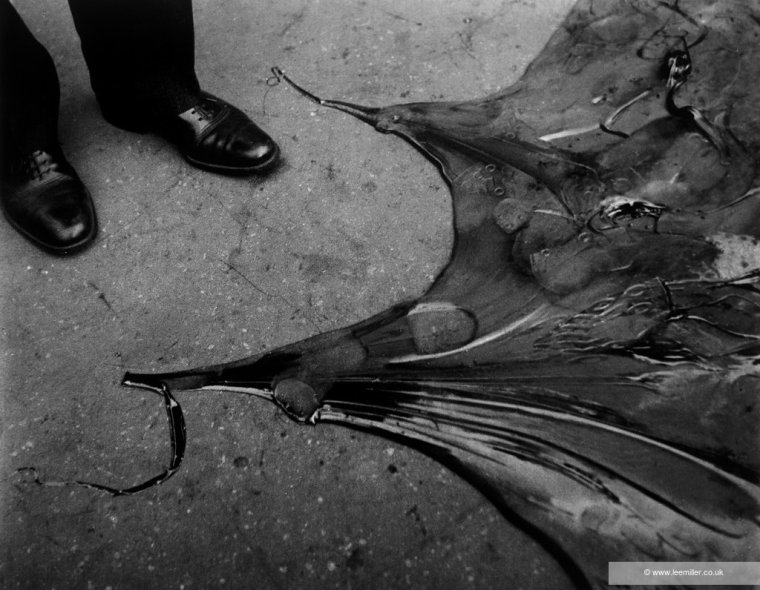
It’s what she ran away to bohemian Paris at the age of 18 – from her home in Poughkeepsie – to find amongst the sexually free and the artistically curious. And it’s what she searched for in the desertscapes she photographed when she was living in Cairo in the mid-1930s: those are “the least known” of her works, says Tate curator Hilary Floe, “and yet they are so beautiful and emotionally moving” – something that Floe attributes to her double gaze, which “hovers between one thing and another”.
For Floe, what makes this Tate exhibition so comprehensive is the way in which it threads her war, fashion and portrait photography into a cohesive narrative that shows how “she had such a profoundly original approach to art”. Take her early work in late-1920s Paris, for instance, which has always been called her “Man Ray period” (Miller became his model, collaborator and lover, discovering the photographic technique of solarisation – a halo-like technique that involves exposing a partially developed photograph to light – alongside him in 1929). “But far from it,” says Floe. She was a well-known artist in her time outside of Ray’s orbit. “The master and the muse? I just don’t think that it’s accurate. I want her to get credit for the work she did with Man Ray. It’s not about writing him out but giving a fuller picture.”
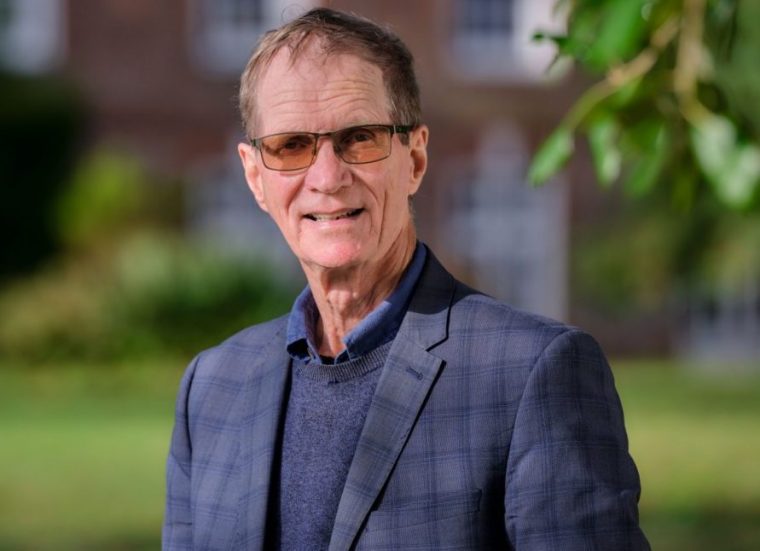
Equally, at a time of great global conflict, and with a rising fascist threat, it is the photographs Miller took while on assignment for British Vogue during the Second World War that seem the most urgent and timely in 2025. I cite the chiaroscuro blaze of Hitler’s house near Berchtesgaden that Miller photographed in 1945 – and ask Penrose what it tells us now. “When the war started, she was not going to sit back and see her friends in Europe trashed by the Nazis,” he says of the fearlessness she demonstrated when she became the only female combat photographer to join the Allied advance across Western Europe.
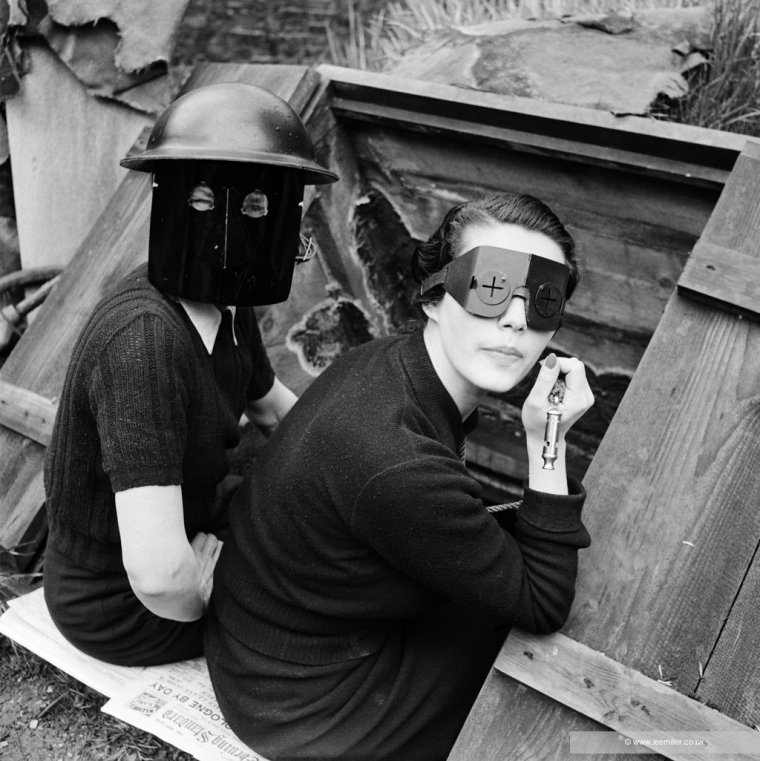
As for its applicability in our post-truth world: “This is way more than art – this is history,” he reflects. “And it’s history that we need to be aware of. There’s that fantastic line from [George] Santayana the poet – ‘Those who ignore the past are condemned to repeat it.’ And if we willfully allow ourselves to be ignorant of what’s happened we’re just going to go down that same circuit all over again.”
Looking at this period in her photographic life, I am struck by her close proximity more than anything else: the penetrative way in which she stepped into the horror with such unflinching precision – and I wonder to what extent her childhood trauma shaped that instinct of not turning away from the monster in the room. “Nobody outside of Lee and her immediate family knew that she had been raped as a child until after she died,” Penrose says of her assault at the age of seven by a family friend. Years later, Miller’s brother John remarked at how wholly the rape “changed her life and attitude” – infusing a wildness in her that only intensified over the years that she endured painful and invasive treatments for the gonorrhea she subsequently contracted at a time before antibiotics.
When Penrose discovered this chapter in his mother’s life, he was writing his book, trying to get to the bottom of “what stopped her giving and receiving love in the way that most others do?” and “why was she so outraged by people who were cruel to those who are defenceless?” He got his answers. Miller, from this point on, “had that sense of injustice in herself and she wasn’t going to see that visited upon anyone else”, Penrose muses.
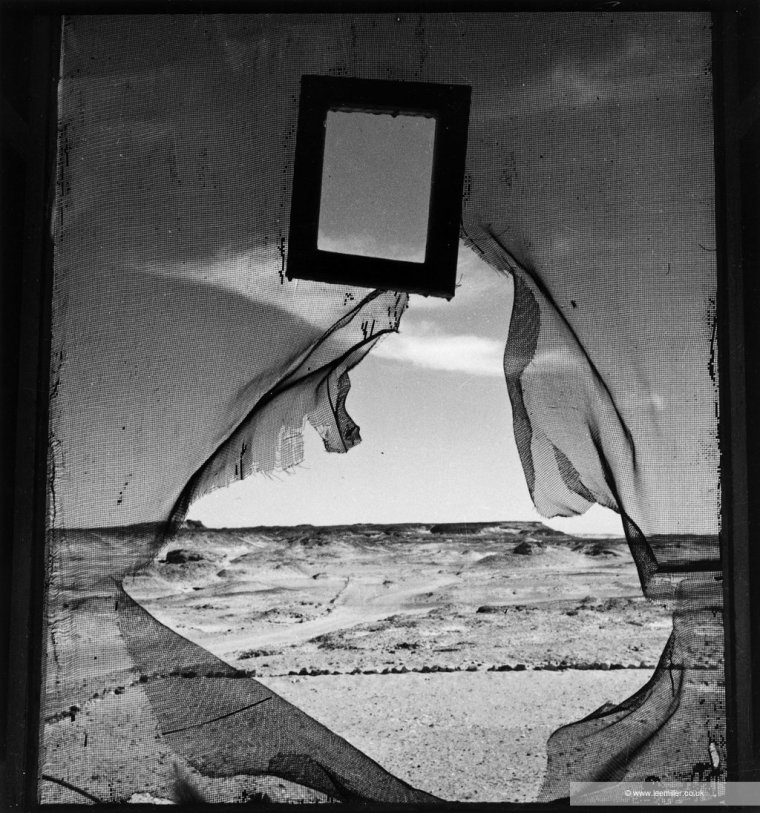
“What good had conventions done her?” he adds of her refusal to submit in her life. “They hadn’t stopped her from being harmed as a child. Where would you feel safe after that? It’s not surprising that later in life she became an alcoholic, full of anxieties. It’s obvious. It’s cause and effect.”
In 1937, at the age of 30, Miller wrote to her future-husband Roland that she saw her life as a jigsaw puzzle with pieces that “don’t match in shape and design”. It was a metaphor that she returned to again and again as if her photography – of smashed typewriters and rippling sand dunes and bricked up doorways – was a way of putting some of the pieces back together again, an autonomous act that somehow made her feel more whole. In her 1937 photograph Portrait of Space – an eerie image of a barren desert landscape against a sky of nothingness – one sees that yearning for something beyond the torn flyscreen. “At the end of the war there was this crushing disillusionment,” Penrose says of the PTSD that followed, “about how she felt it had changed nothing.”
As Miller wrote in her own dispatch for Vogue in 1944: “The pattern of liberation is not decorative.” Perhaps that is why she turned to the kitchen instead, a place that saved Miller in the decades after the war, Penrose asserts – her surrealist recipes (bright blue spaghetti, as he recalls) were as much a left-field turn as anything else that had come before.
“As for where I am now?” Penrose asks himself in his mother’s study. His life is both “marvellous” and “surreal” – he reflects. “If Lee hadn’t dumped this into my life I would still quite happily be a dairy farmer, which is what I was. I’d be happily milking cows.” He laughs. If it wasn’t for those boxes: “It would be a very different life.”
‘Lee Miller‘ is on at the Tate Britain, London, from 2 October – 15 February 2026
